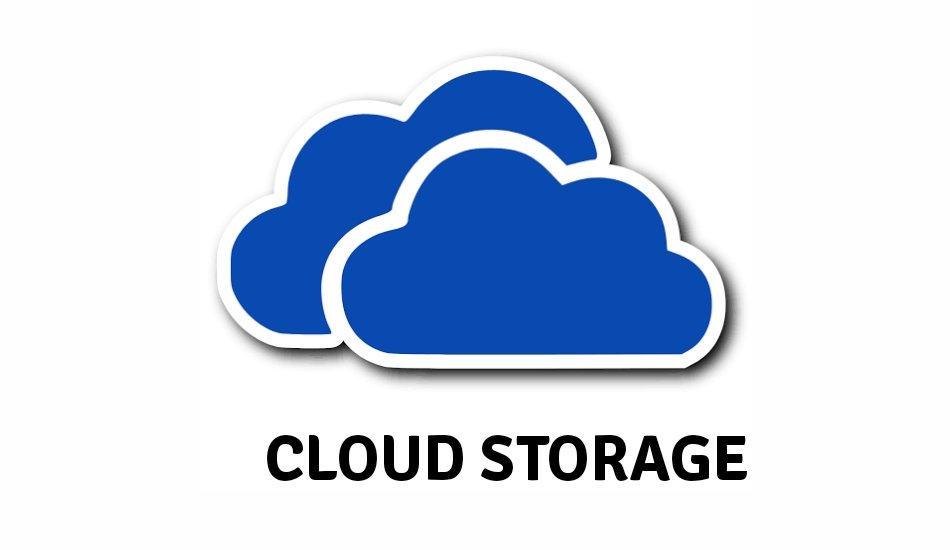Imagine if your most important files—photos, videos, documents, projects—could follow you anywhere in the world, accessible at any moment, on any device, without needing a flash drive or external hard drive. That’s not science fiction; that’s cloud storage.
Cloud storage is the digital equivalent of a limitless vault in the sky. It allows users and organizations to store, manage, and retrieve data over the internet instead of relying on local servers or hard drives. This simple concept has not only changed the way we interact with our data—it’s revolutionized how businesses operate, how teams collaborate, and how technology scales.
To fully grasp the profound impact of cloud storage, we need to look beyond the buzzwords and dive into how it works, why it matters, and how it has quietly transformed the very structure of the digital world.
From Floppy Disks to the Cloud: The Evolution of Storage
Before the cloud, data storage was physical and limited. We burned files onto CDs, copied them to USB drives, or kept them on the hard drives of personal computers. These methods worked—but they came with restrictions. Physical devices could be lost, damaged, or filled to capacity. Worse yet, accessing a file from another device often meant manually transferring it.
The rise of the internet laid the groundwork for a better solution. Instead of tethering data to a single device, why not host it somewhere online and access it through the web? That idea grew into the cloud storage we know today: a globally distributed network of data centers that store your files, sync them across devices, and make them available at the click of a button.
It was a quiet revolution. No one moment marked its arrival, but over time, companies like Dropbox, Google Drive, iCloud, and OneDrive became household names. Suddenly, files moved freely. Collaboration spanned continents. And the limitations of physical storage started to fade into memory.
The Architecture Behind the Magic
Despite its ethereal name, cloud storage is grounded in very real infrastructure. At the heart of it are data centers—massive facilities filled with racks of servers that store data on behalf of users across the globe. These data centers are strategically located and meticulously maintained, ensuring high availability, low latency, and ironclad security.
When you upload a file to the cloud, it doesn’t float off into space. It is encrypted, split into chunks, and distributed across several servers—sometimes across multiple data centers or even continents. This redundancy is key. If one server goes down, your data isn’t lost. Another copy exists elsewhere, ready to serve you.
The system also uses software known as cloud storage services. These manage the logic of storing, retrieving, syncing, and securing data. They often use Application Programming Interfaces (APIs) that allow apps and websites to interact with the storage backend, enabling seamless functionality across platforms.
In essence, the cloud is not one thing or place—it’s an intricate web of interconnected systems that work together to ensure your data is always there when you need it, and invisible when you don’t.
Public, Private, and Hybrid: The Cloud Comes in Flavors
Not all clouds are created equal. Depending on your needs, you might interact with a public, private, or hybrid cloud storage system. Each has its own characteristics and use cases, reflecting the diversity of users—from casual consumers to global enterprises.
Public cloud storage is what most people encounter in their daily lives. It’s managed by third-party providers like Google, Amazon, and Microsoft, and accessed via the internet. It’s highly scalable, affordable, and easy to use. You can store vacation photos or business spreadsheets without worrying about maintaining the servers yourself.
Private cloud storage, on the other hand, is dedicated to a single organization. It’s hosted either on-premises or in a private section of a cloud provider’s infrastructure. This model offers greater control and customization, along with tighter security—making it a favorite for industries like healthcare, finance, and defense.
Then there’s the hybrid cloud, which blends the best of both worlds. It allows organizations to store sensitive data privately while using the public cloud for less critical operations. This flexibility enables better cost efficiency, scalability, and data mobility.
Together, these variations make cloud storage a one-size-fits-all solution—capable of adapting to the unique demands of users around the globe.
Why Cloud Storage Took Over the World
The reasons behind the rapid adoption of cloud storage are surprisingly practical. First and foremost is convenience. With cloud storage, your files are always accessible, regardless of location or device. A presentation you worked on at home can be opened at the office, edited on your phone, and shared with a client on the other side of the planet.
Then there’s scalability. Unlike traditional storage, which requires planning and physical investment in hardware, cloud storage can scale on demand. Need more space? It’s just a few clicks away. This elasticity is especially valuable for startups and growing businesses, which often face unpredictable storage needs.
Cloud storage also brings collaboration into the 21st century. Instead of emailing files back and forth, teams can work simultaneously on documents, with changes syncing in real time. Cloud storage platforms often integrate directly with productivity tools, blurring the line between storage and workflow.
Security is another major factor. While early critics worried about storing data off-site, today’s cloud providers use advanced encryption, multi-factor authentication, and threat detection systems. In many cases, your files are safer in the cloud than on your personal computer.
Finally, cost savings can be significant. Cloud storage eliminates the need for costly hardware, maintenance, and IT staffing. You pay for what you use, which means even small businesses or individuals can benefit from enterprise-grade infrastructure.
A Day in the Life of Cloud Storage
To truly appreciate the reach of cloud storage, consider a day in the digital life of an average person. When you wake up and check your phone, your photos are backed up to the cloud. Your email? Stored and synced from the cloud. Your work documents? Retrieved from cloud platforms like Google Drive or Dropbox. Even your social media content and music playlists are powered by cloud storage systems.
For businesses, the story is even more profound. Cloud storage powers customer databases, backups, software delivery, video streaming, and even artificial intelligence training. The apps we use daily—Uber, Netflix, Spotify, Slack—all rely heavily on cloud storage to function.
What’s remarkable is how seamless it all feels. Most users aren’t even aware that their data is living in massive, remote data centers. And that’s the point. The best technology fades into the background, letting us focus on what we’re doing—not how it’s happening.
The Dark Side of the Cloud
Despite its many advantages, cloud storage is not without challenges. Data breaches remain a concern, particularly for organizations storing sensitive information. While providers invest heavily in security, human error—like weak passwords or phishing attacks—can still open the door to cybercriminals.
There’s also the issue of control. When you store your data on someone else’s server, you are trusting them to protect it, not alter it, and to maintain access. Some worry about government surveillance, service outages, or policy changes that could affect their data.
Moreover, costs can spiral if not managed carefully. While cloud storage starts out cheap, fees for additional space, bandwidth, or advanced features can add up—especially for businesses with heavy data demands.
Data sovereignty is another rising concern. Where your data is stored geographically can impact which laws apply to it. For global businesses, ensuring compliance with data protection regulations across borders is no small task.
The solution to these concerns isn’t abandoning the cloud—but rather understanding its risks, choosing the right providers, and implementing best practices for security, compliance, and cost control.
The Future of Cloud Storage: Smarter, Faster, Everywhere
As the world generates more data—billions of gigabytes every day—the demand for cloud storage continues to soar. But the future of cloud storage isn’t just about capacity. It’s about intelligence.
We’re moving toward a world where cloud storage isn’t just passive—it’s smart. Cloud systems will automatically categorize your files, detect duplicates, suggest actions, and optimize storage based on how you use your data. Artificial intelligence and machine learning are already being integrated into platforms to provide insights, automate backups, and improve performance.
Speed is another frontier. With the rollout of 5G and edge computing, cloud storage is becoming faster and more responsive. Edge data centers—located closer to the end user—reduce latency and improve real-time access, particularly for applications like gaming, IoT, and autonomous vehicles.
Decentralized cloud storage is also on the rise. Platforms like Filecoin, Storj, and Sia offer blockchain-based alternatives that store data across peer-to-peer networks. These systems promise greater privacy, resilience, and potentially lower costs by leveraging unused storage space around the world.
As computing evolves, cloud storage is poised to become even more invisible, integrated, and indispensable.
Closing the Gap Between Humans and Data
What makes cloud storage so transformative is not just its technical prowess, but its human impact. It closes the gap between people and their data. It makes the intangible tangible, the distant immediate, and the complex simple.
Artists can store and share their creations with global audiences. Scientists can collaborate across continents. Students can learn from home. Families can safeguard memories for generations. Businesses can scale without fear. And developers can build the next big thing from their garage.
In short, cloud storage democratizes access to information. It empowers individuals and levels the playing field for innovation.
We may not see it, touch it, or even think about it—but cloud storage is one of the pillars holding up our digital lives.






